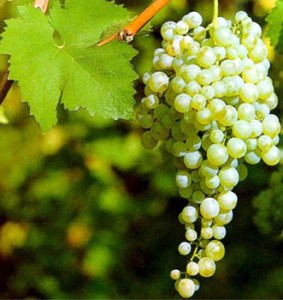An at-a-glance guide to bubbles worth hunting down
DISTINCTION
ADVENTURE
GREATNESS
FARM-TO-TABLE
SMALL IS BEAUTIFUL
ARGYLE
• Certified Sustainable and part of L.I.V.E.
• Vintage-dated Brut
• Highest rated Sparkling Wine outside of Champagne
• 2011 Brut WS 90 pts / 2010 Brut WA 91pts / 2009 Brut WS 90pts / 2008 Brut WA 90pts
• All hand harvested.
• Disgorged on demand
IRON HORSE
• Independent, family owned, 3rd generation
• Methode Champenoise
• Estate Bottled from the Green Valley – coldest corner of Russian River
• Served at the White House twice this year so far and has been served in the White House for every President since Ronald Regan
BARON DE SEILLAC
• From Provence, France
• The Brebans are one of the last families still providing artisan quality sparkling wine from the South of France
• 3rd generation handling operations
• Great value Blanc de Blanc and Rose’
BAUMARD
• Estate produced, 35 year old vines and low yields
• Cremant de Loire, strict Methode Champenoise regula-tions
• Top producer in the Loire Valley
• Extensive lees aging
• Biodynamic farming and production
IL FOLLO PROSECCO
• Follador family estate
• Follador family has been growing in the Valdobbiadene region for centuries
• Located on the famous foothill of Cartizze
ADAMI PROSECCO
• Started in 1920, now 3rd generation
• Greatest Spumante, Vignato Geradino recognized as Prosecco’s first “cru” in 1933. Still recognized as the benchmark for great Prosecco today
• Wide selection of styles available
• Second fermentation occurs over 100 times a year so each batch is a fresh as possible
CLETO CHIARLI
• One of the oldest wine producing companies in Emilia-Romagna was started by Cleto Chiarli the great grand-father of the current family running the winery
• New state-of-the-art winery
• Bottled upon request ensuring the freshest product available
• Perfect pairing for Charcuterie!
RONCO CALLINO FRANCIACORTA (LITTLE FRANCE)
• Methode Champenoise production, making this the Champagne of Italy
• Saten is 100% Chardonnay – Blanc de Blancs
• 3 years aging before release
• Single cru within the DOCG
• Organically farmed
MARQUES DE GELIDA CAVA
• Harvested from their highest elevation vineyards.
• Only free run and soft first press juice is used.
• Sustainable Framing practices used.
• Methode Champenoise.
• 2 to 5 years on the lees.
FLORINDA CAVA
• Methode Champenoise
• 12 months on the lees
• 5th generation, family owned.
• Some of the vineyards used were planted over 100 years ago.
JANSZ SPARKLING
• Made in Tasmania!
• Perfect cool climate region
• Methode Champenoise
• Chardonnay, Pinot Noir and Pinot Meunier
• Most acclaimed sparkling wines in Australia
ARNOUX CREMANT BOURGOGNE
• 100% Chardonnay
• Cremant de Bourgogne, strict methode Champenoise Regulations
• Estate grown wine from the heart of Burgundy
• 6th generation family grower
DON ARTURO CAVA
• Methode Champenoise
• 15 months on the lees
• Direct Import
• Only available in Minnesota
JACUZZI PROSECCO
• Cline (Jacuzzi) project
• Very small production
• White blend of Glera & Muscat
• Goes great in the hot tub!
FILADORA PROSECCO
• Tommasi Family project
• Top vineyard sourcing in Valdobiadene
• Fantastic style & packaging
Vive le bon goût!









